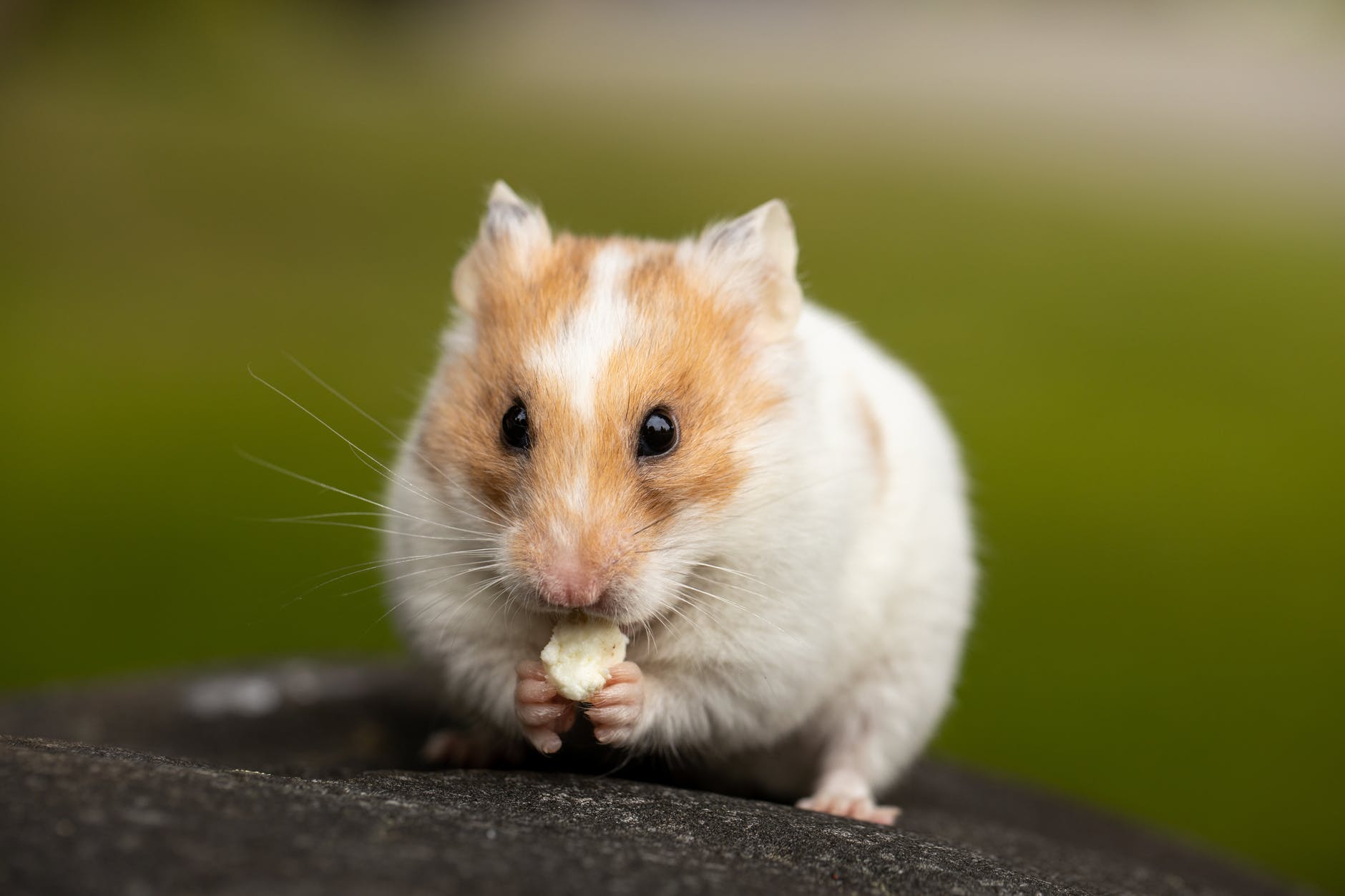Unexpected effects of gene editing: aggressive hamsters

In the last years, CRISPR-Cas9 technology has revolutionized gene editing, having enormous research and clinical potential. However, gene editing can be tricky and have unexpected effects, like recently reported in the journal PNAS 1, where tweaking a gene produced aggressive hamsters instead of the calm, Zen animals the researchers were aiming for.
Arginine-vasopressin (AVP) and its brain receptor Avpr1a have been implicated in social behaviour in several animal models, among which Syrian hamsters are one. To study social behaviour in this model and investigate the role of AVP in aggression, Jack Taylor and colleagues decided to completely impair the function of the AVP system in said rodents by inactivating the receptor by gene editing with CRISPR.
Aggressive hamsters
First, the researchers proved that indeed the animals had no functional Avpr1a receptors and therefore AVP function was impaired by lack of receptor binding in the brain, lack of behavioural response to AVP and of expected blood-pressure changes in response to Avpr1a receptor activation. Based on this evidence, and given that AVP and Avpr1a have been related to aggression, it was expected that inhibiting this system would reduce aggression and decrease social communication among animals.
However, what they found was the opposite. Not only the communication among animals (mainly mediated by odour) increased but aggression towards same-sex animals increased among males, and surprisingly, among females as well when compared to wild type Syrian hamsters.
I am also surprised that the researchers made a complete knock out of a gene that is involved not only in social behaviour but in blood pressure regulation. I wonder if there were other systemic effects that the authors did not investigate, but that could also affect the models’ behaviour.
Despite the surprises or precisely because of them, I think this research has two important take home messages. 1) gene editing can have unexpected effects, mainly because most phenotypes are not monogenic, but multigenic; and 2) a single-gene mutational approach might not be the most appropriate to tackle complex behavioural phenotypes.
More on the subject:
A pinch of salt for CRISPR research
The love hormone and its disregarded sibling
References
- , H. Elliott Albers (2022) CRISPR-Cas9 editing of the arginine–vasopressin V1a receptor produces paradoxical changes in social behaviour in Syrian hamsters PNAS doi: 10.1073/pnas.2121037119 ↩